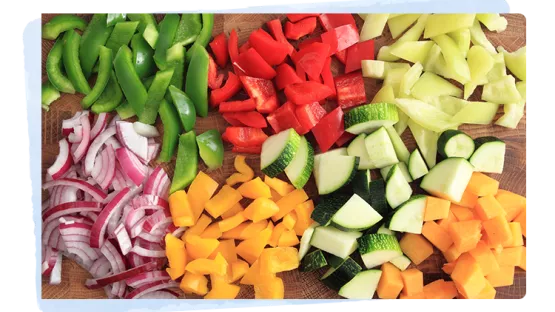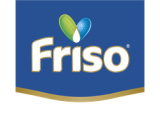
Baby first meals 101: How to get started
You’re going to be opening a whole new world of textures and tastes for your baby in this exciting new milestone of introducing solid foods. By the time your little one is six months old, the natural store of iron in his or her body would have depleted. As such, solid food is required to meet your young child’s growing nutritional needs4. By this time, his/her digestive system should also have matured enough to join the big kids’ table.
4 signs your baby is ready:
- Your baby must be able to sit upright when supported1
- The mouth and tongue develops simultaneously with the digestive system. A sign that their gut is ready is when they’re able to chew and swallow2
- Generally, they are ready for solid food when their weight reaches two times their birth weight2
- You’ll also notice a voracious appetite with your baby2
Taking the first steps
As with anything new, start slow in small amounts. Introduce pureed solid foods such as fruits or vegetables. You can even try soft, easily digestible cereal.
It is common for your baby to turn away from what you’re feeding him/her in the beginning as they aren’t accustomed to the smell or taste. It’s alright if it takes a few tries before you manage a spoonful. Be patient and don’t push. Start with one feeding a day, one or two teaspoon per feeding and gradually increase1.
From pureed food, slowly work your way to semi-solid foods, then mashed foods, and finally to bite-sized pieces of finger food1. It is a good idea to offer a wide variety to get them used to different tastes and textures. Think of it as your child’s culinary exploration!
What goes in must come out
As your baby’s diet changes, so will his/her poop. You might notice that it looks or smell different and it’s perfectly normal. Graduating from an all-liquid diet to solid food also means that your little one is getting less hydration from what he/she eats. This could result in firmer stools or the occasional constipation. If that happens, you could try adding more fruits and vegetables to his/her diet3. Another good rule to follow would be to make sure your baby drinks enough water to avoid trouble on the potty.
Introducing solid food to your little one is a major milestone. Remember to look out for the signs that your baby is ready, know what’s appropriate, start simple, make it rich in natural nutrients, and be patient. If your baby keeps resisting or if you feel there might be a problem, consult your doctor so that he or she can enjoy a lifetime of healthy eating.
Reference:
